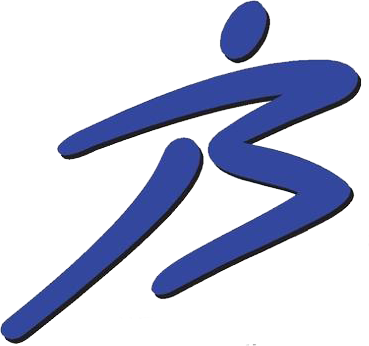

Headaches and Chiropractic
Headaches and Chiropractic
If you have a headache, you’re not alone. Nine out of 10 Americans suffer from headaches. Some are occasional, some frequent, some are dull and throbbing, and some cause debilitating pain and nausea. What do you do when you suffer from a pounding headache? Do you grit your teeth and carry on? Lie down? Pop a pill and hope the pain goes away? There is a better alternative.
Research shows that spinal manipulation – one of the primary treatments provided by doctors of chiropractic – may be an effective treatment option for tension headaches and headaches that originate in the neck. A 2014 report in the Journal of Manipulative and Physiological Therapeutics (JMPT) found that interventions commonly used in chiropractic care improved outcomes for the treatment of acute and chronic neck pain and increased benefit was shown in several instances where a multimodal approach to neck pain had been used1. Also, a 2011 JMPT study found that chiropractic care, including spinal manipulation, improves migraine and cervicogenic headaches2.
Headache Triggers
Headaches have many causes, or “triggers.” These may include foods, environmental stimuli (noises, lights, stress, etc.) and/or behaviors (insomnia, excessive exercise, blood sugar changes, etc.). About 5 percent of all headaches are warning signals caused by physical problems. The remaining 95 percent of headaches are primary headaches, such as tension, migraine, or cluster headaches. These types of headaches are not caused by disease; the headache itself is the primary concern.
The greatest majority of primary headaches are associated with muscle tension in the neck. Today, Americans engage in more sedentary activities than in the past, and more hours are spent in one fixed position or posture (such as sitting in front of a computer). This can increase joint irritation and muscle tension in the neck, upper back and scalp, causing your head to ache.
What Can You Do?
The American Chiropractic Association (ACA) offers the following suggestions to prevent headaches:
If you spend a large amount of time in one fixed position, such as in front of a computer, on a sewing machine, typing or reading, take a break and stretch every 30 minutes to one hour. The stretches should take your head and neck through a comfortable range of motion.
Low-impact exercise may help relieve the pain associated with primary headaches. However, if you are prone to dull, throbbing headaches, avoid heavy exercise. Engage in such activities as walking and low-impact aerobics.
Avoid teeth clenching. The upper teeth should never touch the lowers, except when swallowing. This results in stress at the temporomandibular joints (TMJ) – the two joints that connect your jaw to your skull – leading to TMJ irritation and a form of tension headaches.
Drink at least eight 8-ounce glasses of water a day to help avoid dehydration, which can lead to headaches.
What Can a Doctor of Chiropractic Do?
Your doctor of chiropractic may do one or more of the following if you suffer from a primary headache:
Perform spinal manipulation or chiropractic adjustments to improve spinal function and alleviate the stress on your system.
Provide nutritional advice, recommending a change in diet and perhaps the addition of B complex vitamins.
Offer advice on posture, ergonomics (work postures), exercises and relaxation techniques. This advice should help to relieve the recurring joint irritation and tension in the muscles of the neck and upper back.
Doctors of chiropractic undergo extensive training to help their patients in many ways beyond just treatment for low-back pain. They know how tension in the spine relates to problems in other parts of the body, and they can take steps to relieve those problems.
1. Bryans R, Descarreaux M, Duranleau M, et al. Evidence based guidelines for the chiropractic treatment of adults with neck pain. J Manipulative Physiol Ther 2014; 37: 42-63.
2. Bryans R, Descarreaux M, Duranleau M, et al. Evidence based guidelines for the chiropractic treatment of adults with headache. J Manipulative Physiol Ther 2011; 34: 274-89.

Comments